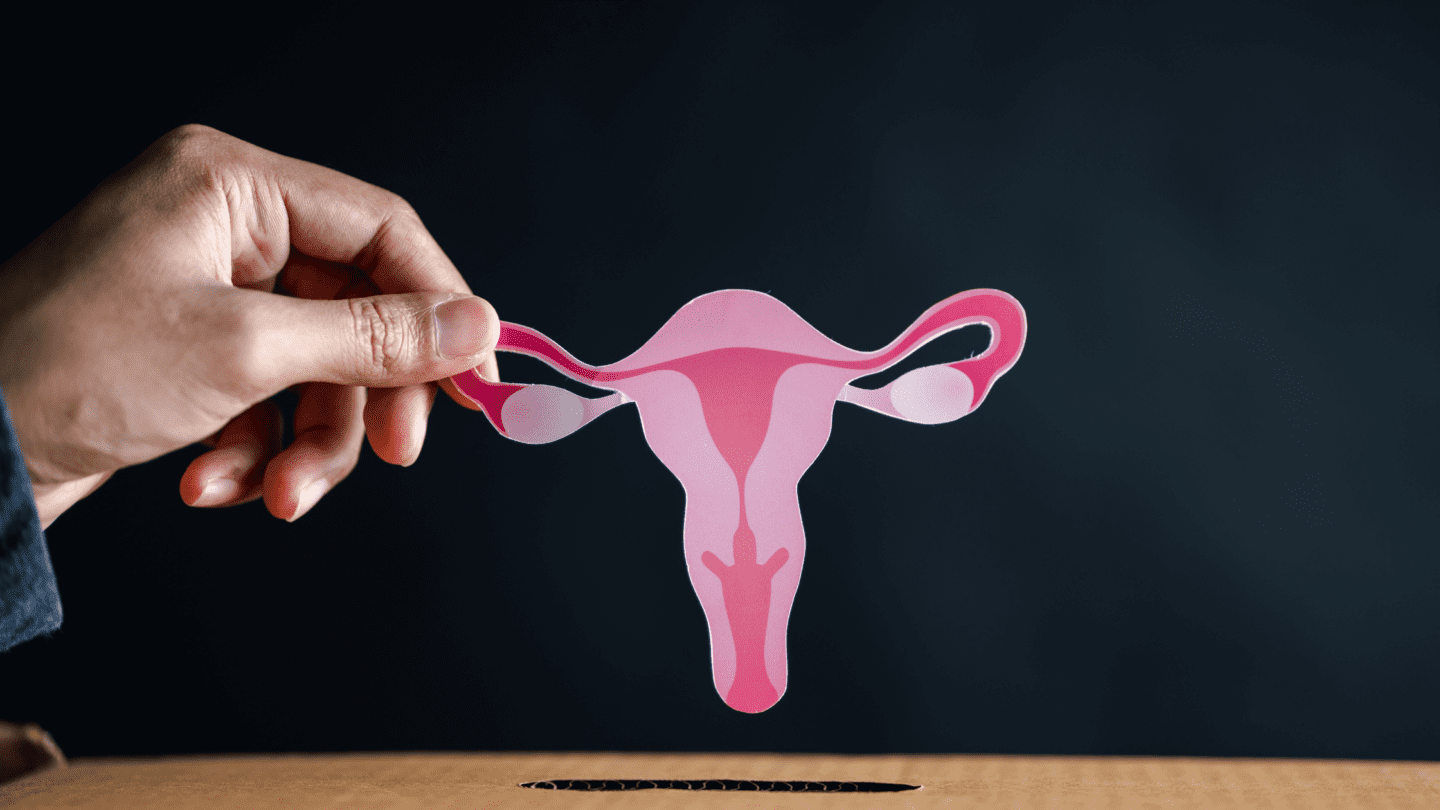How Hormones Keep Your Body Functioning
Spend any time trying to decide between options and you’ll be bombarded with information about the hormones. These bodily chemicals play a key role in regulating the menstrual cycle and ovulation, and many methods today rely on them to prevent pregnancies.
But there are far more hormones than ’s famous and . Some of them are well known, like adrenaline with its fight-or-flight response. But for the rest of the over 50 human hormones, most of us know surprisingly little about them. For example, did you know that serotonin — one of our so-called “happy” hormones — is almost exclusively made in the gut, not the brain? Whether you’re awake or asleep, hungry or stressed, your hormones are hard at work keeping your body in rhythm.
Functions of hormones
At their most basic, hormones let different parts of the body talk to each other. They act like messengers, binding to cells to signal them to carry out a range of biological functions. Hormones regulate some of our most basic functions — they help dictate when we eat, sleep, have sex, and more.
The main organs that make hormones include the pituitary, thyroid, adrenal, parathyroid and pineal glands, as well as the hypothalamus, pancreas, , and testes. Collectively, this system of organs, hormones, and receptors is called the endocrine system.
A number of things can throw our endocrine systems off balance, including genetic diseases, cancerous tumors, medicines, and environmental chemicals. This can cause both physical and mental symptoms, depending on which hormones are affected. Those using hormonal may be well aware of the effects of playing with levels. These prescriptions come with a broad range of side effects that include changes in weight, , and mood, as well as acne, headaches, and an increased risk of blood clots.1
Is adyn right for you? Take the quiz.
Types of hormones
Our bodies assemble hormones from a few different precursor chemicals, including cholesterol, tryptophan, and small chains of amino acids called peptides. They’re made in a number of different glands in the body, which then release hormones into the bloodstream to send signals to other organs and tissues. There are over 50 hormones or hormone-like substances in the human body2, enough that it would take a medical textbook to cover them all. Here, we’ll cover some of the most notable.
Sex Hormones
These hormones play a big role during puberty, and continue to regulate things like arousal, the menstrual cycle and pregnancy.
Estrogen
There are actually three different main types of : estradiol, estriol, and estrone. , along with , is produced mainly by the . This plays an important role as our bodies develop during puberty, as well as during childbirth. Though it’s often referred to as a “female sex ,” testes also produce , though usually at lower rates. Synthetic forms of are also used in some options.
Testosterone
Testosterone is typically described as a male sex , though most people produce some amount of the . plays an important role during puberty and in sexual function, and typically declines later in life. Low levels of can cause issues including a low , depression and osteoporosis.3
Follicle-stimulating ()
Follicle-stimulating regulates when eggs are released, as well as the menstrual cycle. In people with testes, is involved with sperm production. Imbalanced levels of can create issues with fertility and menstruation.4
Luteinizing ()
LH contributes to the menstrual cycle by causing the to release an egg during ovulation, and, after fertilization, tells the corpus luteum to make more to keep a pregnancy going.
Anti-müllerian ()
Early in fetal development, babies with XY chromosomes produce , which tells their bodies to begin the process of growing male sexual organs. also supports the development of the ovarian follicles that contain eggs.
Sex hormone-binding globulin ()
SHBG comes from the liver, and it’s an important companion to sex hormones. binds to hormones like and and regulates how much of them make it into the body’s tissues.
Dehydroepiandrosterone sulfate ()
This contributes to both and production, and it’s made mostly in the adrenal glands. Issues with the adrenal glands can lead to altered levels of in the body.
Progesterone
Progesterone’s claim to fame is that it prepares the body for pregnancy by thickening the , which lines the . is produced by a temporary gland known as the corpus luteum, which forms during each menstrual cycle after ovulation. Artificial s, called progestins, are used in hormonal birth control, which can stop ovulation, among other changes that help to trick your body into thinking it’s pregnant.
Like what you’re reading? Get the latest straight to your inbox 💌
Hormones You Can Feel
These hormones regulate things like appetite and the fight-or-flight reflex — they cause effects that we feel in our bodies.
Melatonin
Commonly known as the “sleep ,” melatonin helps our bodies downshift when it’s time for bed. The helps us feel relaxed and lowers body temperature, and it’s commonly taken as a sleep supplement. While melatonin helps us feel sleepy, it’s not actually necessary for sleep. Still, studies show that it helps people get to sleep faster and increases sleep quality.5
Adrenaline
The “fight-or-flight” , adrenaline, also called epinephrine, is responsible for the rush of energy and alertness we feel in response to frightening or stressful situations. Adrenaline increases heart rate, re-directs blood to our lungs, and gets us ready to react to an immediate threat. Because of its rapid effects on the body, the is also used to treat anaphylactic shock⁶ and severe asthma attacks.7
Cortisol
Cortisol is best known as a stress . Unlike adrenaline, which gives us a quick hit of energy, cortisol lets our bodies remain in a state of high alert when we feel in danger. But cortisol has a range of additional functions as well, and it’s involved with metabolism, inflammation, our immune response8, and more.
Ghrelin
Ghrelin is often called the “hunger ,” though it’s one of many that help regulate appetite and metabolism. Ghrelin is directly correlated with eating: Levels of the go up when we haven’t eaten for a while and down after a meal, and it helps stimulate appetite.9
Critical Functions
These hormones are involved with key bodily processes, like using energy from food or getting ready for pregnancy.
Prolactin
Made in the pituitary gland, prolactin causes the breasts to grow and begin to produce milk following a pregnancy. Levels of this are normally low in people who aren’t pregnant.
Growth
Growth is made by the pituitary gland and plays an important role early in life. It signals the body’s tissues to grow and develop properly and helps children grow taller. Later in life, it continues to impact muscle mass and body fat.
Thyroid-stimulating (TSH)
TSH is made in the pituitary gland, and its main function is to communicate with the thyroid gland, which plays a big role in regulating metabolism.
Insulin
Insulin is made by the pancreas, and it helps the body use the glucose we get from food as energy. In people with diabetes, the body is no longer able to produce or effectively use .
Changing the Mood
Whatever your mood, hormones are a big part of the way our brains work, affecting both how our brains work and how we feel throughout the day.
Oxytocin
Our brains release oxytocin during moments of physical intimacy, like between loved ones, or a mother and child, helping to strengthen those bonds. During labor, oxytocin signals the to begin contracting, and kicks off a cascade of processes that help move childbirth along. Afterwards, the stimulates milk to move into the breast and begin lactation.
Serotonin
Serotonin’s chief role is as a mood regulator in the brain — though most of this is made in the gut.10 Low levels of serotonin are linked to depression, and the affects emotional states as well as bowel function, sleep, and blood clotting.
Organs of the endocrine system
The human body produces hormones in glands throughout the body.

Hypothalamus
The hypothalamus is a brain region that controls the pituitary gland and regulates the autonomic nervous system.
Pineal Body
This pine-cone-shaped gland in the brain releases melatonin when it’s time to sleep.11
Pituitary Gland
The pituitary gland, found at the brain’s base, makes a number of important hormones that travel throughout the body, including growth and oxytocin.
Thyroid Gland
The thyroid makes and releases hormones responsible for multiple aspects of metabolism. It’s located in the neck.
Parathyroids
The parathyroid consists of four small glands found just behind the thyroid. It regulates calcium and phosphorus levels in the body, crucial to bone development.
Adrenal Glands
Located on top of the kidneys in the abdomen, the adrenal glands produce the fight-or-flight adrenaline and other hormones.
Pancreas
The pancreas makes and other hormones that help to regulate blood sugar levels. If the pancreas stops making enough it can lead to diabetes.
Ovaries and Testes
Both and testes make , , and .12 make mostly and , while testes make mostly .
Learn something new about hormones? Share this article to spread the knowledge to your family and friends!
-
- American Academy of Family Physicians. 2010. Side effects of hormonal contraceptives. 82(12):1509.
- U.S. Environmental Protection Agency. 2021. What is the Endocrine System? Accessed: August 9, 2021
- Rohr, UD. 2002. The impact of testosterone imbalance on depression and women’s health. Maturitas. 41(1):25–46. DOI:10.1016/s0378-5122(02)00013-0
- U.S. National Library of Medicine. 2020. Follicle-Stimulating Hormone (FSH) Levels Test. Accessed: August 9, 2021
- Ferracioli-Oda E, Qawasmi A, Bloch MH. 2013. Meta-Analysis: Melatonin for the Treatment of Primary Sleep Disorders. PLoS ONE. 8(5):e63773. DOI:10.1371/journal.pone.0063773
- Sheikh A, Shehata YA, Brown SGA, Simons FER. 2009. Adrenaline for the treatment of anaphylaxis: cochrane systematic review. Allergy. 64(2):204–212. DOI:10.1111/j.1398-9995.2008.01926.x
- Coupe MO, Guly U, Brown E, Barnes PJ. 1987. Nebulised adrenaline in acute severe asthma: comparison with salbutamol. European Journal of Respiratory Diseases. 71(4):227–32.
- Morey JN, Boggero IA, Scott AB, Segerstrom SC. 2015. Current Directions in Stress and Human Immune Function. Current Opinion in Psychology. 5:13–17. DOI:10.1016/j.copsyc.2015.03.007
- Tassone F, Broglio F, Destefanis S, et al. 2003. Neuroendocrine and Metabolic Effects of Acute Ghrelin Administration in Human Obesity. The Journal of Clinical Endocrinology & Metabolism. 88(11):5478–5483. DOI:10.1210/jc.2003-030564
- Fung TC, Vuong HE, Luna CDG, et al. 2019. Intestinal serotonin and fluoxetine exposure modulate bacterial colonization in the gut. Nature Microbiology. 4:2064–2073. DOI:10.1038/s41564-019-0540-4
- Macchi MM, Bruce JN. 2004. Human pineal physiology and functional significance of melatonin. Frontiers in Neuroendocrinology. 25(3–4):177–195. DOI:10.1016/j.yfrne.2004.08.001
- Hess RA. 2003. Estrogen in the adult male reproductive tract: A review. Reproductive Biology and Endocrinology. 9(1):52. DOI:10.1186/1477-7827-1-52.








